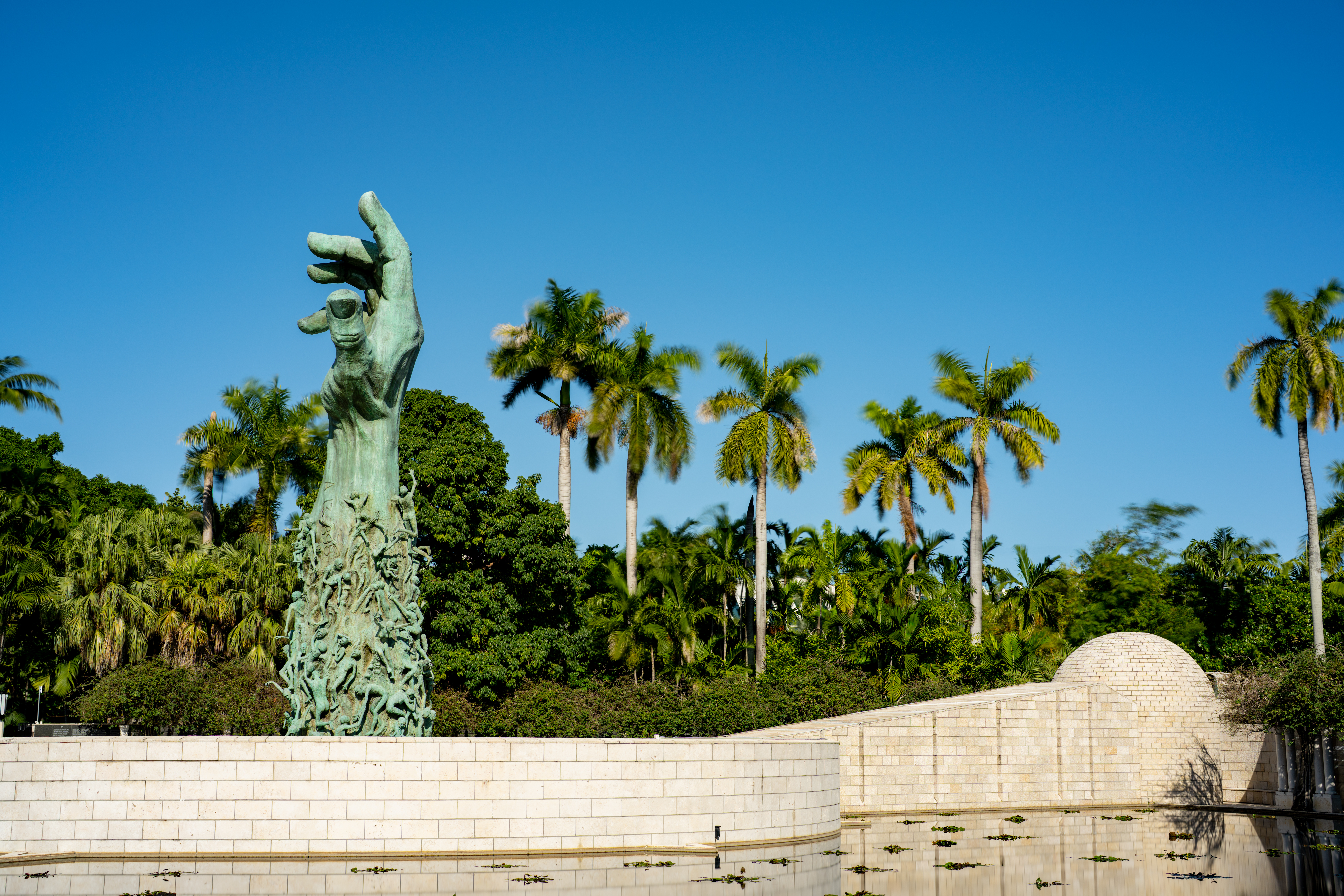
by cavalierhotdev | Jan,Fri,2023 | About South Beach
When visitors arrive, they are often captivated by the rich history of South Beach, which goes beyond its breathtaking beaches and extends to the iconic architecture that defines our city. The pastel shades and intricate geometric patterns that adorn our buildings beautifully harmonize with the never-ending sunshine and the endless expanse of blue seas that surround our shores, leaving an unforgettable impression. But how did this remarkable transformation come about?
South Beach, as we know it today, was once vast undeveloped farmland until 1870. At that time, the Lum Brothers acquired 160 acres of this land with the intention of cultivating coconuts. Interestingly, it was one of their daughters who bestowed the name “South Beach” upon the property. In 1886, the Lum Brothers built the first structure in South Beach—a farmhouse. However, they eventually decided to move on, and the land was handed over to John Collins.
Evolution of South Beach
Collins, upon discovering a source of fresh water, expanded his holdings and embarked on developing the land further. A significant milestone occurred in 1912 when Collins sold 400 acres to the Lummus Brothers, local businessmen who envisioned creating modest single-family homes on the island. To improve accessibility, Collins initiated the construction of a bridge in 1913. Unfortunately, financial limitations halted the progress of the bridge. This is where Carl Fisher enters the picture, generously providing the necessary funds to complete the project. Today, the bridge is known as the Venetian Causeway, thereby fulfilling Collins’ visionary dream.
Miami Beach was officially incorporated as a town in 1915. It took another five years for the land boom to begin. South Beach quickly became a favored destination for the wealthy and famous. Prominent individuals such as the Firestones, J.C. Penny, and Albert Champion built lavish mansions in the area. Visitors soon sought to experience the allure of this unique island for themselves, leading to the realization of The Cavalier hotel design in 1936. For further updates on the evolution of South Beach beyond the 1930s, we invite you to follow our blog.
Have a memorable visit by staying at the Cavalier’s South Beach Art Deco hotel that is located on Ocean Drive in front of the beach.For reservations call (305) 673 1199. Visit our link to know more about History of South Beach Art Deco.

by cavalierhotdev | Jan,Tue,2023 | Miami Beach Places
In the year 1984, a small community of Holocaust survivors united with a shared vision to create an enduring Holocaust memorial museum in Miami. Dedicated to the six million Jews who tragically lost their lives at the hands of the Nazis. Their collective efforts led to the formal establishment of the Holocaust Memorial Museum Committee. Which is a nonprofit organization committed to this significant cause.
South Florida boasts one of the largest populations of Holocaust survivors in the United States. Many residing within the city limits. Consequently recognizing the significance of choosing Miami Beach as the memorial location.
“This region is home to 20-25,000 survivors,” stated the late Abe Resnick. He is one of the committee’s founding members and a Miami Beach City Commissioner, in an interview with The Miami Herald in 1985. “We believed that this was the most fitting place to erect a monument representing all of Florida.”
However, not everyone supported the idea of a memorial in Miami Beach. Opponents argued that the city was synonymous with leisure and entertainment. Adding that a memorial would be too solemn for a vacation destination.
“Gloom is doom! Don’t transform one of the few bright spots in this city into a cemetery,” objected Florence Shubim, a member of the Miami Beach Garden Club. The Garden Club had plans to expand their center adjacent to the proposed site of the memorial, which were thwarted by the memorial’s footprint.
Consequently some individuals contended that a memorial on city-owned land violated the principle of the separation of church and state, asserting that it constituted a religious monument. However, while the memorial serves as a tribute to the six million Jewish victims of the Holocaust, it is unequivocally a historical monument, devoid of religious symbols.
Holocaust survivors
In an attempt to sway the decision, around 500 people gathered at a meeting of the Miami Beach Planning Board on November 27, 1984. Dozens of Holocaust survivors from across South Florida were transported to the meeting. They all passionately pleaded with the Board, sharing their personal stories of loss and devastation. 79-year-old Clara Linder tearfully recounts loosing five sisters and five brothers, speaking in Yiddish through a translator. “They were all killed” said Machela Oksenhenbler, 80. Her story was told to the Time Herald reporter while rolling up her sleeve to reveal a faded tattoo on her forearm. This tattoo mark was inflicted by the Nazis.
Consequently, the Planning Board unanimously approved the memorial. Eight days later the City Commission granted approval for the memorial’s construction. Eventually the proposed location for the Holocaust memorial Museum encompassed several city blocks with the address range of 1933-1945 Meridian Avenue. This coincides precisely with the years of the Nazi regime and its persecution of Jews. This coincidence further solidified the belief among many that the memorial’s placement was destined and convinced several city legislators that it should occupy this specific spot.
“Imagine yourself in a concentration camp in Poland, surrounded by Nazis, cut off from the outside world, enduring immense suffering, sacrificing your life,” Treister contemplated when tasked with memorializing the Holocaust victims. “Each one of them probably died believing that no one would ever care, know, or remember.”
The Holocaust Memorial Committee then entrusted the monumental task of conveying the unimaginable and remembering the unthinkable to architect Kenneth Treister.
Have a memorable visit by staying at the Cavalier’s South Beach Art Deco hotel that is located on Ocean Drive in front of the beach. For reservations call (305) 673 1199.


